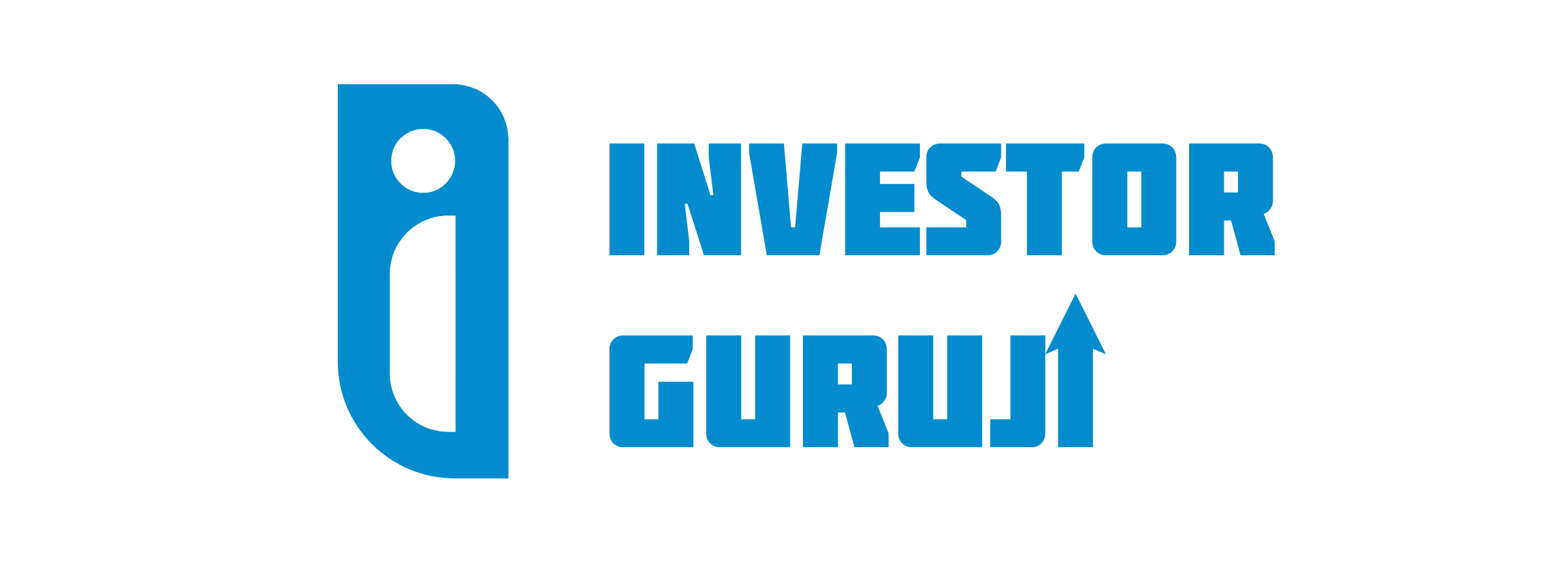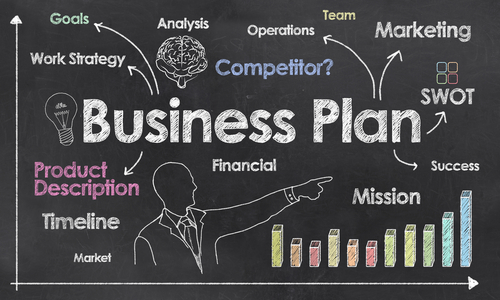Introduction
Business Plan is a written document that describes all the steps necessary in starting and operating a successful business. It is a written master plan. A business plan is a well-defined written document, based on relevant facts and figures, and estimates. It portrays an overall picture of the Business proposal.
It is a format/ statement of a set of business objectives and the plan for achieving these objectives. This document acts as a guide to the project manager or the entrepreneur throughout the project life cycle. What to do, when, how, who, how much it will cost ..are some of the questions answered in the Business plan.
A Business Plan is a precise account of the objectives /goals to be achieved. It also spells the features and prospects of the proposed business. It attempts to justify the technical feasibility and the commercial success of the proposed business.
Planning is the most important part of a business activity and poor planning results in cost over runs. Planning bridges the gap between where we are and where we want to be. This helps to reduce risk.
Objectives of preparing a Business Plan
- Structuring of Thoughts and Ideas
- It is a thorough basis for support.
- It looks at its own management and also if the investments are appropriate.
- It gives a concrete structure to the Ideas.
- It highlights the white spots and the overlaps.
2. Supports a need for financing
- It requires an investment decision
- It ensures a solid financial basis for investments
3. Facilitates decision making
- It is a decision-making document
- It should answer all the questions satisfactorily
4. Sets up a course for Operational management
- It acts like a compass for the entrepreneur
- A time schedule can be set for business activities
- Helps in implementation of schedule
- How to do, who should do it, when to do it, what is expected of them
5. Gives direction to the entrepreneur to achieve the objectives
6. It explains the Vision of the Entrepreneur
7. It is a blueprint that helps the entrepreneur to move ahead smoothly.
8. It provides for the SWOT analysis of the business.
9. It acts as a prospectus for buyers and investors.
10. Helps understand the financial Viability
Process of preparing a business plan
- Self-Audit
- Production–
-Technology used
-Operating costs
-Investment in machinery and technology
3. Finance-
-Capital Structure
-Financial resources available
-Working capital requirement
-Cash flows
-Profitability
4. Marketing-
– Market position
- Market share
- Advertisement and Promotion
- Branding
- Positioning
5. Human Resources–
– Organization structure (roles and responsibilities)
– Compensation plans
– Policies and the Procedures for recruitment and selection
6. Evaluation of the Business Environment
– PESTEL Analysis
– ETOP Analyis
7. Set the objectives
-Vision statement
– Mission statement
8. Forecasting the Market conditions
-Market Survey
-Market research
9. Course of Action
-Strategies to achieve objectives
-Management plans
10. Evaluate the Plan and assess the feasibility
11. Control the plan through an annual budget
Types of Business Plans
Business plans help companies identify their objectives and remain on track to meet goals. They can help companies start, manage themselves, and grow once up and running. They also act as a means to attract lenders and investors.
Although there is no right or wrong business plan, they can fall into two different categories – traditional or lean startup. According to the Small Business Administration (SBA), the traditional business plan is the most common. It contains a lot of detail in each section. These tend to be longer than the lean startup plan and require more work.
Lean startup business plans, on the other hand, use an abbreviated structure that highlights key elements. These business plans aren’t as common in the business world because they’re short—as short as one page—and lack detail. If a company uses this kind of plan, it should be prepared to provide more detail if an investor or lender requests it.
Conclusion
As you research and prepare your business plan, you’ll find weak spots in your business idea that you’ll be able to repair. You’ll also discover areas with potential you may not have thought about before–and ways to profit from them. Only by putting together a business plan can you decide whether your great idea is really worth your time and investment.




